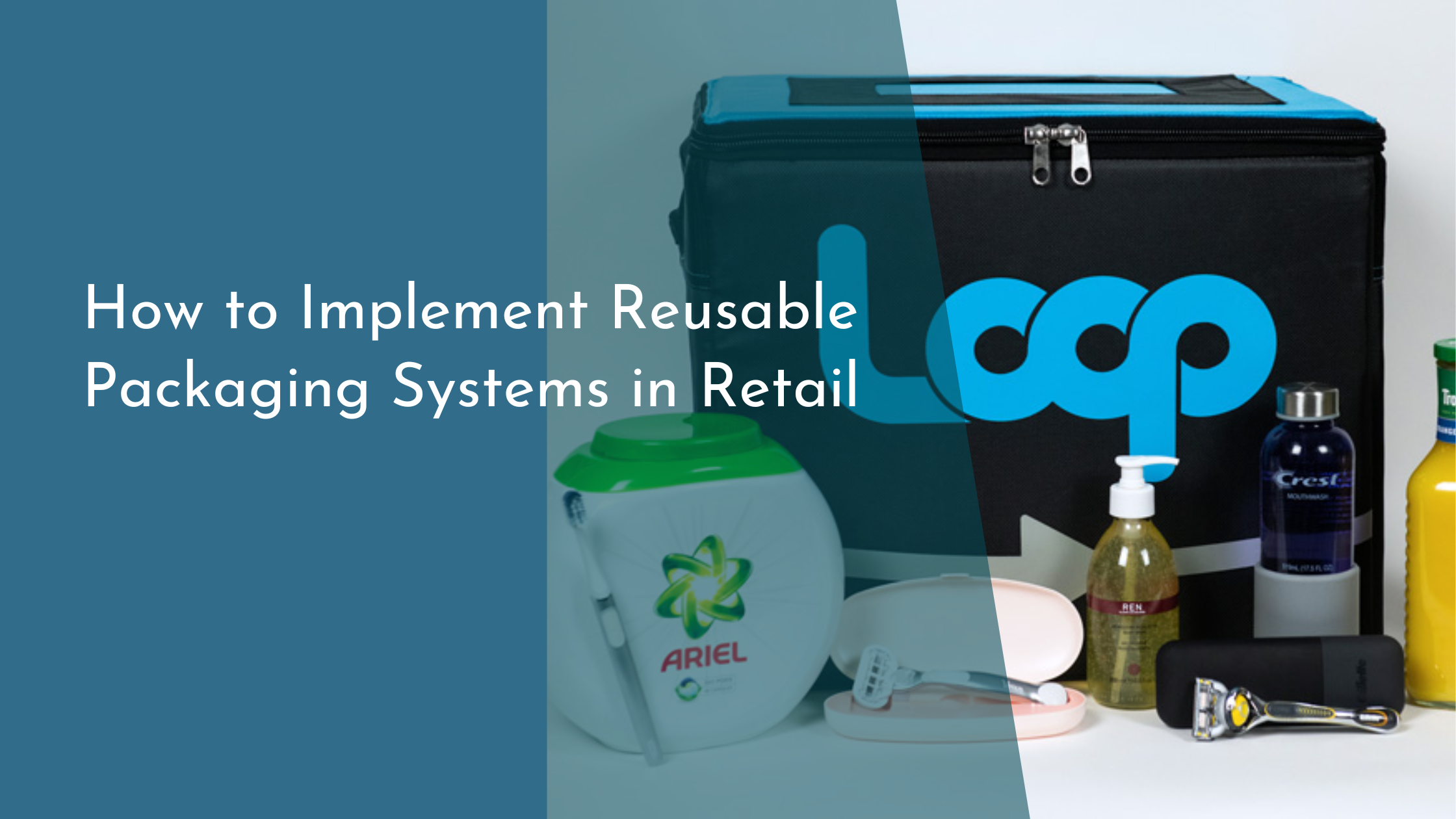How to Implement Reusable Packaging Systems in Retail
In recent years, sustainability has become a significant focus in the retail sector, with companies striving to reduce their environmental footprint. One of the most impactful strategies gaining traction is the implementation of reusable packaging systems. These systems not only offer environmental benefits but also enhance brand loyalty and customer satisfaction. This article explores the multifaceted world of reusable packaging in retail, examining its benefits, design considerations, stakeholder engagement, and the challenges one might face during implementation.
Understanding the Benefits of Reusable Packaging
Reusable packaging systems present a multitude of environmental benefits by significantly reducing waste and resource consumption. Unlike single-use packaging, which often ends up in landfills, reusable alternatives are designed for multiple uses, thus minimizing the carbon footprint associated with production and disposal. Implementing these systems helps retailers align with eco-conscious customers’ values, fostering a positive brand image. Additionally, by reducing the demand for raw materials, companies can contribute to conserving natural resources and decreasing pollution.
From a business perspective, reusable packaging can result in long-term cost savings. Although the initial investment may be higher compared to traditional packaging methods, the durability and extended lifecycle of reusable options mean that companies spend less on packaging over time. Moreover, these systems create an opportunity for retailers to build stronger customer relationships by offering deposit refunds or loyalty incentives, enhancing the overall shopping experience and encouraging repeat purchases.
Designing a Tailored Packaging System for Retail
The first step in designing an effective reusable packaging system is to thoroughly understand the needs and preferences of the target audience. Retailers must consider the types of products they offer and how they can be packaged securely and attractively while maintaining reusability. Customization plays a crucial role here; packaging should not only protect the product but also embody the brand’s identity, creating a seamless integration into the consumer’s lifestyle. Factors like size, material, and ease of cleaning should be considered carefully to ensure the packaging remains practical and appealing.
Collaboration with packaging designers and sustainability experts is essential to create a solution that aligns with both environmental goals and business objectives. Incorporating innovative materials, such as biodegradable plastics or recycled textiles, can enhance the sustainability of the packaging system. Additionally, leveraging technology can facilitate a more streamlined process—QR codes or RFID tags can track packaging usage and returns, providing valuable data to improve the system’s efficiency and customer satisfaction.
Engaging Stakeholders for Successful Implementation
Successful implementation of a reusable packaging system hinges on the active engagement of all stakeholders, including employees, suppliers, and customers. Educating employees about the benefits and operations of the new system ensures they are well-equipped to communicate these changes to customers and handle any inquiries effectively. Training sessions and workshops can help instill a sustainable mindset within the workforce, enabling them to become advocates for the initiative.
Involving suppliers early in the process is equally critical, as they play a vital role in providing the necessary materials and support for the system’s implementation. Clear communication and partnership agreements can ensure that everyone is on the same page regarding expectations and responsibilities. Retailers can foster customer engagement by involving them in the design process through surveys or focus groups, making them feel a part of this sustainability journey. Clearly communicating the benefits and usage instructions of the new packaging system will also encourage customer participation and support.
Overcoming Challenges in Reusable Packaging Adoption
One of the primary challenges in adopting reusable packaging systems is the upfront cost and logistical complexity. Convincing stakeholders of the long-term financial benefits versus the initial investment can be daunting. Retailers must develop a clear business case that outlines potential savings, improved brand loyalty, and environmental impact. Additionally, designing a logistical framework that efficiently manages the distribution, collection, and cleaning of reusable packaging is crucial to maintaining cost-effectiveness.
Consumer habits can also pose a challenge, as customers may be accustomed to the convenience of single-use packaging. Retailers must focus on educating customers about the environmental and personal benefits of switching to reusable options. This can include simplifying the return process, providing incentives, and clearly demonstrating the impact their participation has on the environment. By addressing these challenges proactively and creatively, retailers can pave the way for a successful transition to reusable packaging systems.
Implementing a reusable packaging system in retail is a challenging yet rewarding endeavor that aligns business practices with sustainable values. By understanding the myriad benefits, designing a system tailored to specific needs, engaging stakeholders effectively, and overcoming adoption challenges, retailers can enhance their brand reputation and contribute positively to the environment. As more companies embrace this shift, the collective impact on sustainability will be substantial, paving the way for a greener future in retail.


